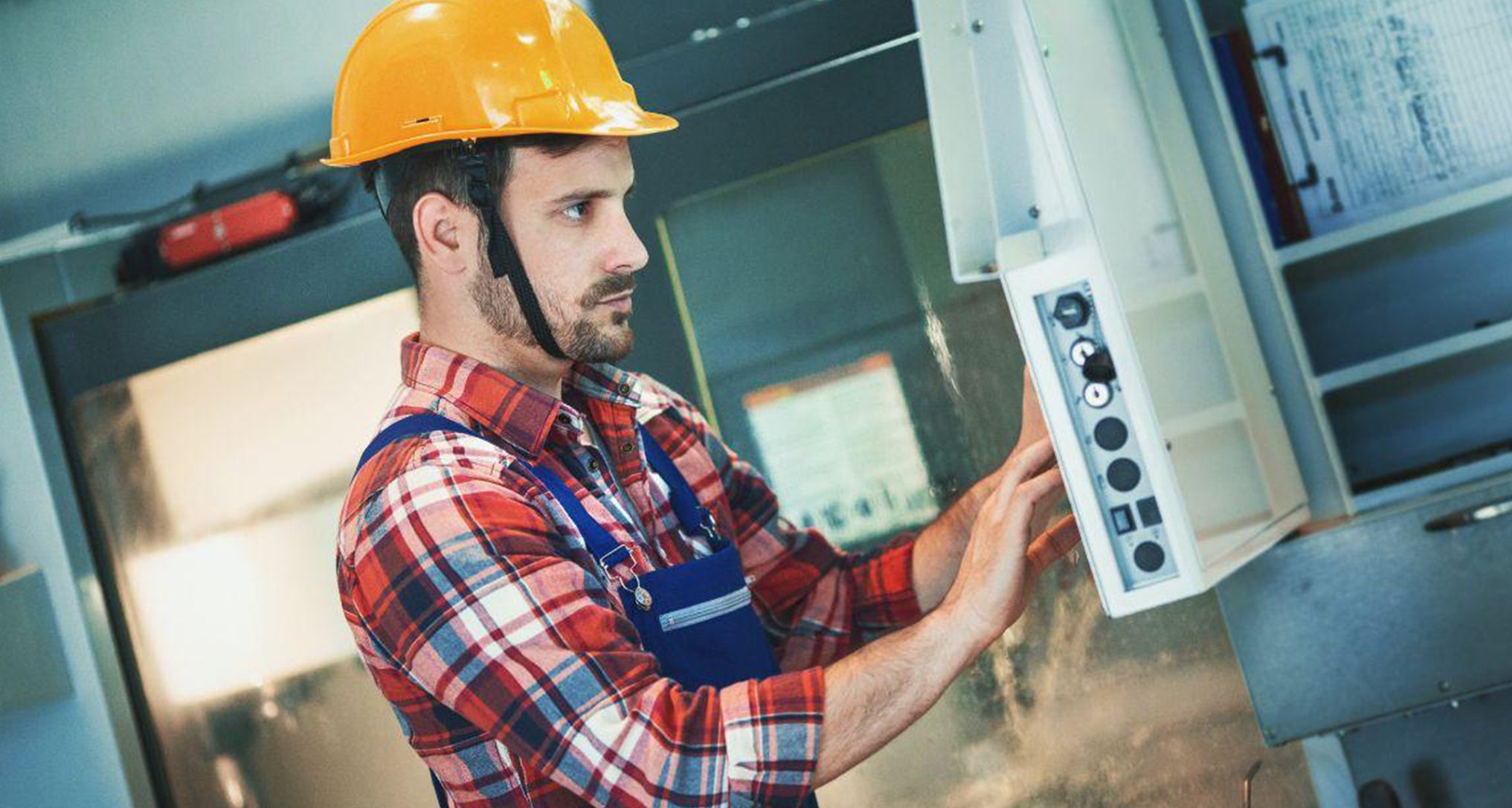It is a standard that marine vessels or modern ships be monitored and inspected before sailing the ocean. But even with how thoroughly your check and maintain them, it is still possible to face machine faults aboard the ship. Each engine will show various signs and symptoms that will let you know the type and severity of the fault before the vessel breaks down completely. Once the fault is identified with the right marine diagnostic tool from Triad Diagnostic Solutions, it will be easier to troubleshoot the problem.
What is Machine Fault?
Machine fault is any change in a machinery part or component which may cause a performance or failure issue, or it is also defined as the termination of the availability of an item to perform its intended function. According to Safet4Sea in 2019, a study showed there were 26,022 shipping incidents between January 2009 and December 2018. Of these incidents, more than a third were because of machine damage or breakdown.
Engineers must repair these machine faults for marine vessels before the machine breaks down completely. Here are some machine learning techniques and ways to identify engine failure aboard the ship.
7 Ways to Identify a Machine Fault Aboard a Ship
Visual and Smell Inspection
Leakages
Failures in the piping or mechanical systems lead to leakage. Onboard modern ships, it is simple to spot them. Never disregard any form of machinery leaks since they can result in spills, fires, flooding, and other serious mishaps. Depending on the severity, attempt to fix any oil-water or air leaks you uncover in the equipment right away or record them as essential to be checked on the subsequent maintenance cycle.
Observing Problems in Connected Systems
Most systems in the ship’s marine engine room are interconnected with other systems and equipment. Therefore, check the other equipment linked to it if a problem is seen in one system. For instance, a leak in the engine’s jacket water will result in high-pressure air entering the expansion tank during the compression stroke, causing the tank to empty from the vent or other outlets.
Smoke
By examining the color and density of the exhaust smoke, any marine technician can evaluate an engine’s performance. The combustion process is determined by monitoring the exhaust smoke from the main engine, auxiliary engine, boiler, and other sources. For example, white smoke coming from your marine diesel engine or propulsion system is another clear sign that something is not functioning correctly.
Smell
The presence of an unusual odor originating from equipment or systems is another potent indicator that the human senses may quickly identify. Only when working onboard ships can one recognize and comprehend the many odors that might point to a wide range of mechanical issues. A strong smell in the area may be caused by an oil leak, a fire, the effects of high temperatures, etc. A burning scent also indicates that the motor’s coil is getting hotter. Heavy oil can still be detected by its fragrance even if you cannot see it. Steam leaks will also leave a wet odor behind.

Vibration Analysis and Noise Analysis
Abnormal Sound
The most notable aspect that alerts seafarers to a malfunctioning component or piece of equipment is sound. Even when you’re not close to the equipment, you should be able to tell the difference between typical running noise and troublesome sounds if you are a skilled vessel operator. Sadly, no manual can teach you these sounds and what they mean. Engineers can only master such abilities via experience. But as an example, consider the following:
- A “hissing” sound could denote leakage.
- A loud pounding sound might convey damaged or loose components.
- A high wobbling sound can indicate a blockage.
High Vibration
All mechanical systems with moving elements produce vibration. Vibration analysis is one of the most condition-based maintenance tasks for shipboard machinery, which is often overlooked. It is not frequently included in the scheduled maintenance system of shipping firms. In fact, the planned maintenance intervals on a conventional system, or PMS, do not even contain the timely checks for tightening the foundation bolts for any part of the machine.
It’s simply common knowledge that every piece of machinery will vibrate at different frequencies. So, it’s crucial to keep an eye out for any rise in machinery vibration since, if neglected, it can result in serious long-term damage.
Temperature Monitoring
Measurements of the operating and surface temperatures of components are crucial when operating a ship or marine vessel. Monitoring operational temperature is a subset of the operational variables used to track performance. In addition, the monitoring of component temperature has been linked to the wearing of machine parts, notably journal bearings, where lubrication is either insufficient or nonexistent.
Acoustic Emission Analysis
A passive monitoring technology called acoustic emission is used to alert users when material or structural changes are substantial. It is frequently used to keep an eye on equipment and buildings for extended periods while in regular use. There are just receivers in an acoustic emission system; there are no ultrasonic transmitters. Occasionally, it may be possible to identify a specific part’s characteristic from the acoustic signal processing. For example, acoustic emission has been used in a trial project to monitor offshore oil production structures.
However, it was difficult or impossible to distinguish between material emissions and the noise caused by the waves crashing on the structure. This means acoustic emission can be sensitive to ambient noise.
However, acoustic emission works well for testing components by utilizing the correlation between loading and cracking activity. For instance, when testing turbine blades for a gas-turbine engine platform, it is possible to detect the presence of flaws by loading the blades while concurrently monitoring their acoustic emission—quiet blades pass the test, but noisy blades fail.
Wear Debris Analysis
Wear debris analysis is one of the essential methods for assessing wear particle counts and sizing for the fuel system capabilities under test. Because it is impossible to disassemble or examine the functional elements of a complicated machine while it is in action, this is practical for ship engines. The oil that runs through the machine contains traces of the state of the parts it encounters. It is possible to monitor the device during operation or shutdown by looking at the oil and any particles it may have carried with it. Engineers have recently increased their understanding of operating machinery conditions by counting, identifying, and recording the metallic debris fragments in hydraulic fluid, lubricating oil from different types of engines, gearboxes, and final drive units, transmissions, and other similar liquids.

Motor Current Signature Analysis
The condition monitoring of mechanical equipment with electrical power, such as pumps, motor-operated valves, compressors, and processing gear, makes use of a revolutionary machine fault diagnosis technique known as motor current signature analysis (MCSA). To detect changes in the state of the equipment, the MCSA process recognizes, describes, and trends over the instantaneous load fluctuations of mechanical equipment. It keeps track of any sudden changes in the electric current passing via the power output that leads to the electric motor that powers the machinery. Thus, the engine platform serves as a transducer, detecting significant, tiny, gradual, and abrupt changes in the mechanical energy load and translating these into changes in the induced current produced in the motor windings.
Non-destructive Testing
Non-destructive testing (NDT) is a testing and spectral analysis technique used by industry to evaluate the properties of a material, component, structure, or system for characteristic differences or welding defects and discontinuities without causing damage to the original part. This is perfect for marine vessels which can not afford to change details onboard.
Keep your Marine Vessels running with Triad’s Single Source Solution featuring Jaltest Software
Triad Diagnostic Solutions is aware of the importance of fault detection, especially for marine vessels. That is why we have the Jaltest Marine Vessel diagnostic kits. This robust diagnostics tool offers real-time data monitoring, automatic detection of systems and error codes, bi-directional testing, parameter reset capabilities, and integrated troubleshooting and technical information.
Let us help with your marine fault diagnosis so you can have a smooth sailing marine vessel at all times. Contact us today to learn more! (317) 939-3690.

